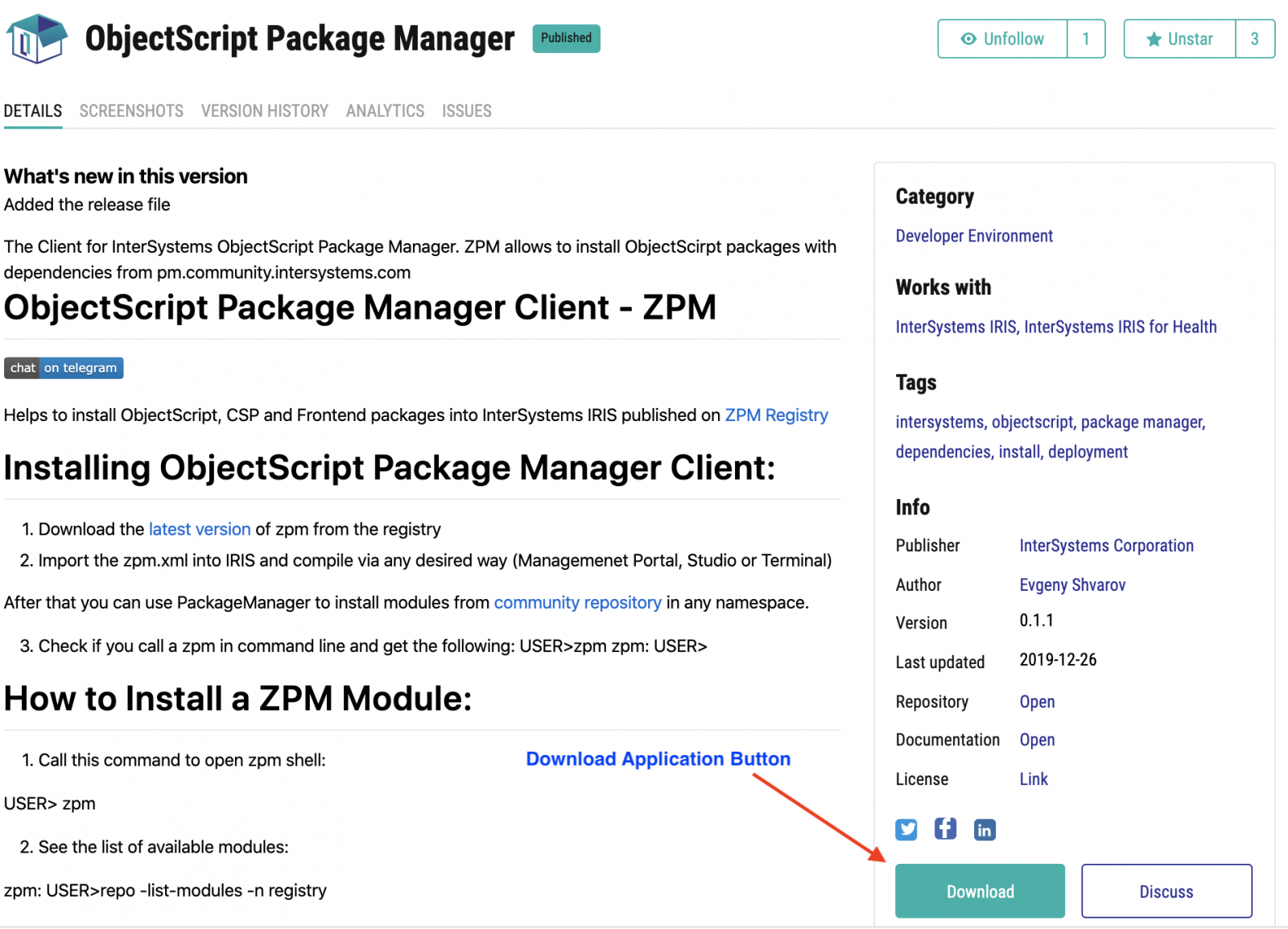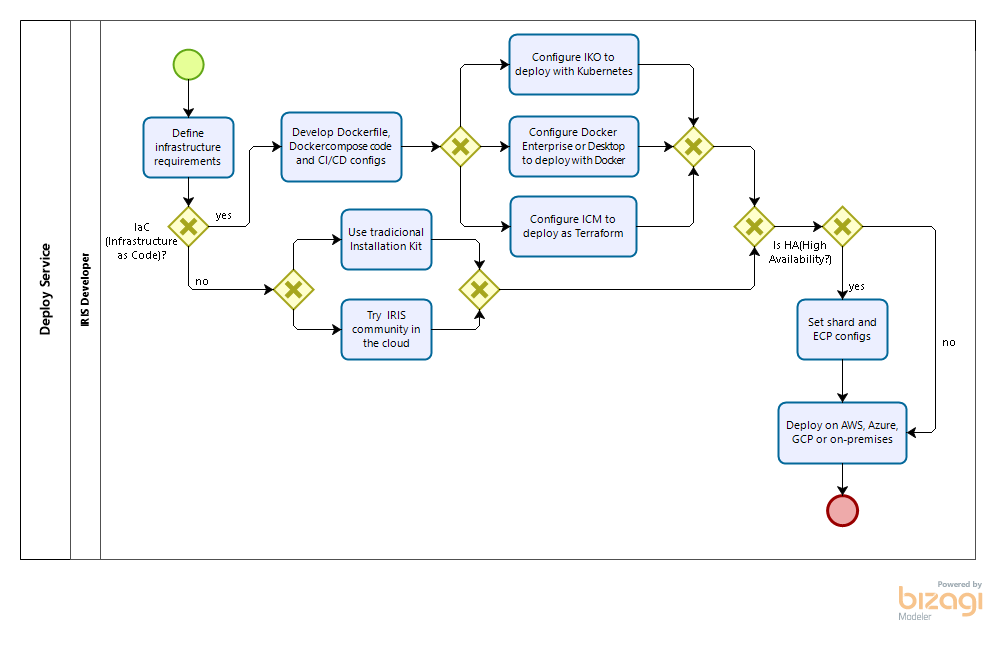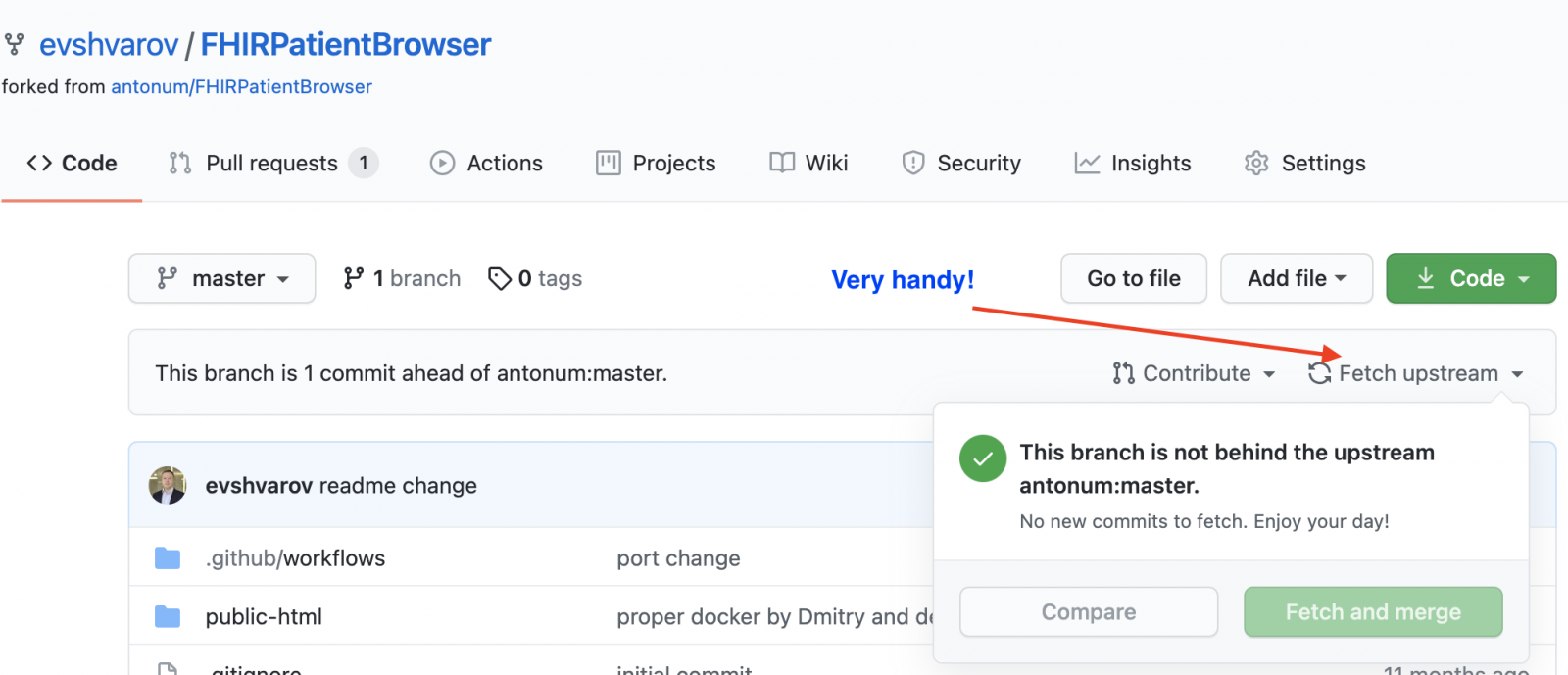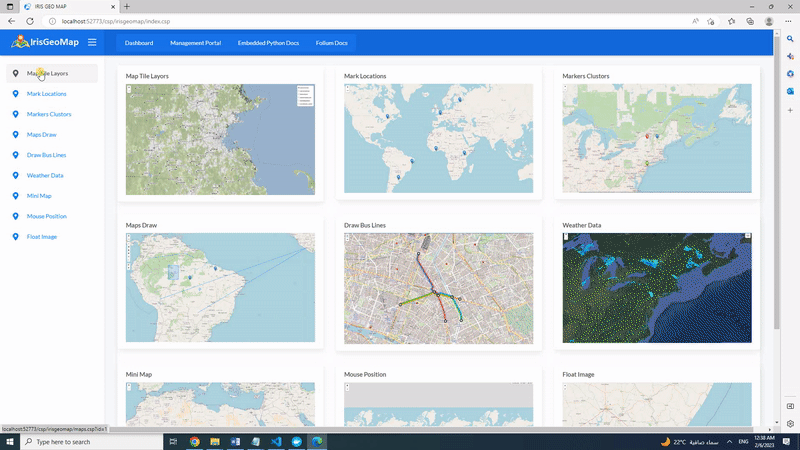Presenter: Louise Parberry
Task: Reduce the need for skilled developers to define and normalize data from outside sources
Approach: Use the Ensemble Record Mapper and other tools to automatically define comma-delineated and fixed-width data structures
If you need skilled software developers to define and normalize data coming from business partners or customers, you probably have a backlog of unsatisfied requests. The record mapper and other tools allow analysts to define comma delimited and fixed width data structures without needing a developer and this session explains how this can be incorporated into an application to create an efficient and effective way to clear that backlog.
Content related to this session, including slides, video and additional learning content can be found here.






